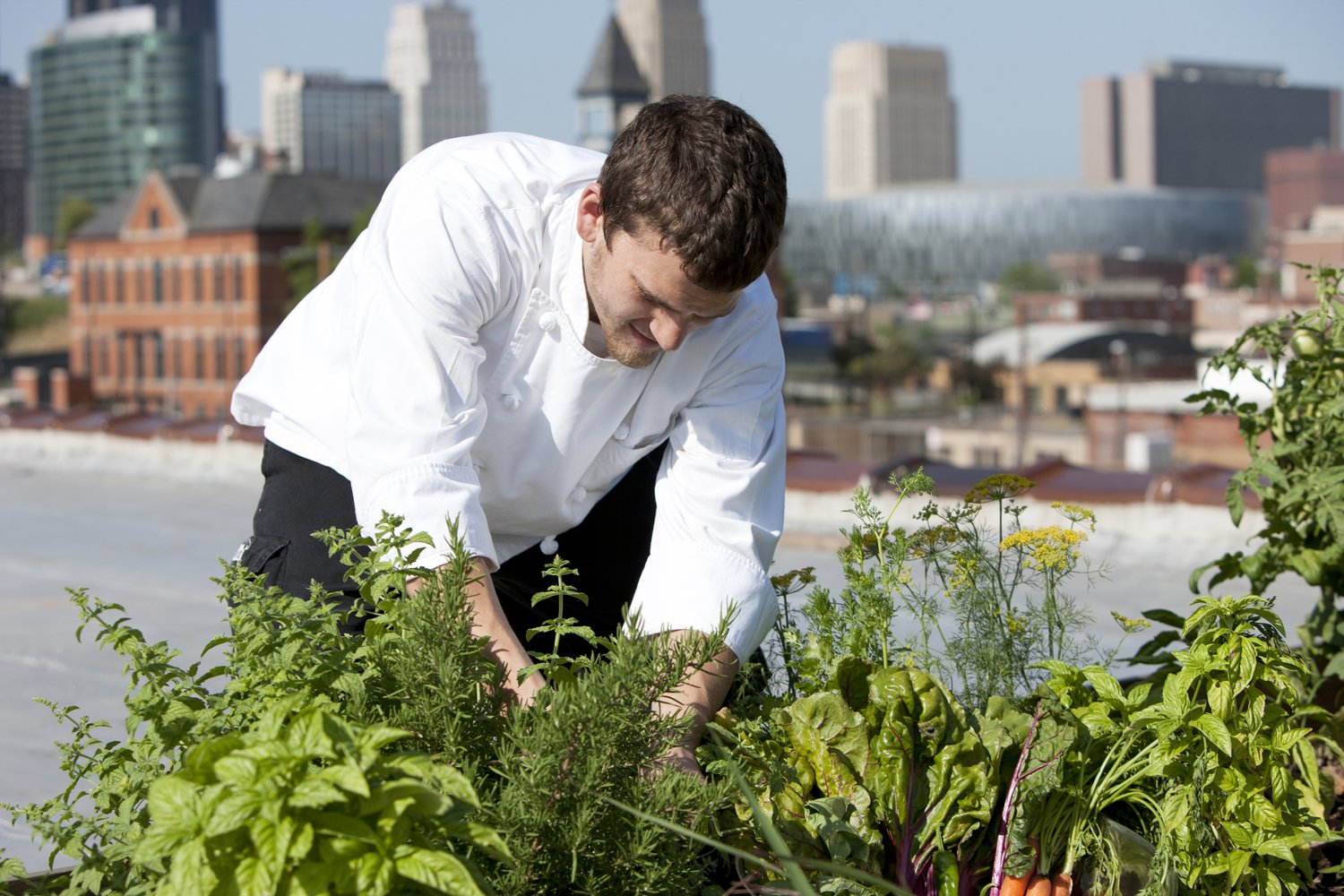Our City Blooming Diaries
Our City Blooming Diaries
Blog Article
City Blooming Things To Know Before You Buy
Table of ContentsThe Single Strategy To Use For City BloomingAn Unbiased View of City BloomingThe Buzz on City BloomingThe 45-Second Trick For City BloomingThe Ultimate Guide To City Blooming
Interested in expanding food to buy in the City of Chicago? Considering beginning a neighborhood yard? Modifications to the Chicago Zoning Ordinance enable agricultural usages like area yards and city ranches in several parts of the city. Below is a checklist of often asked questions regarding the policies and regulations that farmers should consider when preparing a city agriculture task.
The zoning change does not change any kind of other codes managing composting, building authorizations, acquiring or leasing City owned residential property, organization licenses or ecological contamination. There are existing codes that regulate these issues and they continue to be completely effect and might be suitable to your project. Neighborhood gardens are generally owned or handled by public entities, public companies or community-based organizations and preserved by volunteers.
Urban ranches grow food that is meant to be sold, either on a nonprofit or for-profit basis. Because of their business function, metropolitan ranches need an organization license. Yes. A community yard is enabled to sell surplus create that was expanded on website if the sales are accessory or secondary to the yard's key objective described over.
A Biased View of City Blooming
The quantity of garden compost material can not surpass 25 cubic yards at any kind of offered time according to the standards in 7-28-715 of the City's Municipal Code. Because the soil at many new garden sites needs modifying, compost, dirt, wood chips, or other products can be obtained to create or enhance the expanding area.

If a structure license is called for then the hoophouse will certainly be thought about an accessory building. You can locate out more about the building permit requirements by speaking to the Department of Structures. The 25,000-square-foot dimension limitation is planned to stop a solitary community yard from dominating a provided block or diminishing the block's existing domestic or commercial personality.
The limitation does not apply to gardens located in Public Open Area (POS) districts. Can there be more than one neighborhood garden that is 25,000 square feet on a solitary block? Fencing is not called for, nonetheless, gardens that have huge car parking areas might be needed to mount secure fencing or other landscape design attributes.
5 Easy Facts About City Blooming Described
B1 & B2 areas need that all business use activities be carried out inside. R districts restrict commercial activity. The laws reflect the objective and intent of the Zoning Code. Is fencing required for city farms? Yes. Fencings may be called for, together with landscape design and screening, for sure auto parking areas and exterior work or storage areas depending on location and the particular activity taking area.
Urban ranches call for building licenses and zoning approvals prior to building (fruit and vegtables). Various other kinds of city testimonial might be needed depending on details structures, activities, size, landscape design, licensing, public heath and stormwater administration problems.
The Division of Business Affairs and Consumer Defense can assist figure out the specific type of organization license that's needed. Off road car park is required for many commercial jobs in Chicago. The needed number of vehicle parking spaces is based on the number of employees working on site and not the square video of the expanding area.
Getting My City Blooming To Work

Yes. An urban farm can offer garden compost material produced on website, nonetheless, the procedure must follow the regulations in 7-28-715 of the Chicago Municipal Code. Yes. Aquaponic systems are allowed indoors on metropolitan farms in several zoning districts. A zoning evaluation and building authorization is required in order to set up structures or systems and an organization permit is called for as explained above.
Approximately 5 hives or nests of honey bees might be maintained as an accessory use. Nonetheless, beekeepers need to sign up with the Illinois Department of Farming. For more details regarding the proposed zoning amendment you might speak to the Department of Housing and Economic Development, Bureau of Planning and Zoning at 312.744.8563.
Farming in cities and city areas A metropolitan farm in Chicago. Urban agriculture describes numerous methods of growing. https://us.enrollbusiness.com/BusinessProfile/6739712/City%20Blooming#google_vignette, processing, and distributing food in city locations. The term likewise relates to the area activities of animal husbandry, aquaculture, beekeeping, and cultivation in a city context. Urban agriculture is identified from peri-urban farming, which happens in rural locations beside suburbs.
City Blooming - Questions
, who seek to form social networks founded on a common values of nature and area holism. These networks can create by means of official institutional assistance, coming to be integrated into regional town planning as a "transition town" movement for lasting city development.
The a lot more straight accessibility to fresh vegetable, fruit, and meat products that may be know with city agriculture can enhance food security and food safety and security while reducing food miles, resulting in lower her explanation greenhouse gas discharges, thus adding to climate change reduction. A few of the initial evidence of urban agriculture originates from Mesopotamia.
Report this page